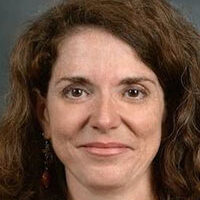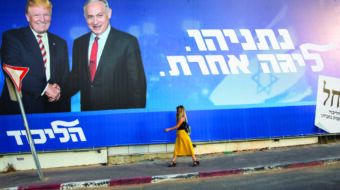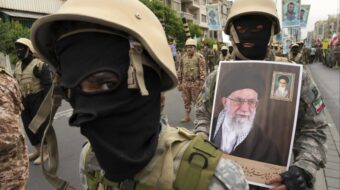There is substantial symbolism in this week’s visit of Indian Prime Minister Manmohan Singh to the United States. It comes at the one-year anniversary of the terrorist attacks in Mumbai by a group who allegedly trained and planned the attack in Pakistan.
President Obama is about to announce his plan on the Afghanistan quagmire. The Afghanistan war is linked to a new round of instability in Pakistan. The precariousness of the regional situation worries India. And Obama’s China visit fueled fear in some Indian circles that the Obama administration values its relationship with rival China more than its “strategic partnership” with India.
Prime Minister Singh will be feted at the Obama administration’s first state dinner, an honor indeed, all of which seems to be aimed at tamping down India’s fears and strengthening relations between the two countries.
U.S.-Indian relations have not always been friendly. During the Cold War, India’s nonaligned status was perceived as being “unfriendly” by the U.S. establishment, notes Richard Haas of the Council on Foreign Relations. In fact, it was India’s friendly relations with the Soviet Union that led the U.S. to build up Pakistan militarily and to aid and abet coups, dictators and terrorist groups in that country.
Haas praised Singh for opening up India’s markets to foreign investment and privatization of government-run enterprises when Singh was India’s finance minister in 1991. Haas said this decision led to India becoming a major global economic and political power. (However, many critics of these neoliberal economic policies in India, including the left parties, say that decision increased inequality and economic instability.)
The U.S. establishment is trying to begin a new chapter in India-U.S. relations. What that new chapter will look like is not clear.
Last year the Bush administration signed a controversial nuclear energy deal with India, and under Bush there was an increase in joint military exercises and arms sales.
It seems the Obama administration sees India as a global power but is trying to balance tricky relations with it and India’s presumed rivals, China and Pakistan.
India is a critical player in many of the Obama administration’s foreign policy initiatives, including curbing climate change, abolishing nuclear weapons, tackling pandemics, managing the global financial and economic crisis and eliminating poverty.
But India wants its role to be recognized, not just with a stronger relationship with the U.S. but at the level of a United Nations Security Council seat.
Singh spoke about this and other global challenges to the Council on Foreign Relations, Nov. 23, addressing some of the “sticky” regional issues.
While praising Obama’s initiative on a “world free of nuke weapons” and stating that India does not support Iran’s “nuclear ambition,” Singh also said that as a signer of the Non-Proliferation Treaty, Iran has a “right to use nuclear energy for peaceful purposes.”
On Afghanistan, Singh urged the world to “put its weight behind” the Karzai government as the “only way Afghanistan can meet its challenges.” He declined to weigh in on a troop surge, but said Afghanistan “requires a sustained support of global community” for peace and freedom to take root.
India has no interest in any kind of failure in Pakistan, he said. But he warned about extremist forces that if not controlled could have grave consequences for both Pakistan and India.
Singh told the CFR audience that India is interested in getting the world to prepare for a “peaceful rise” of China as a major power, alluding to wars that have been part of the world landscape whenever a class-based empire is forced to cede its dominance to a rising power.
However, India is not ceding its role as a rising major power either, Singh said. “We have tried very hard to engage China. We are major trading partners. We have a longstanding border problem we are trying to resolve through dialogue.”
Despite China’s superior GDP, Singh said, India’s path of development is “superior.”
There are other things more important than GDP growth, Singh said – “respect for human rights and multi-cultural rights. There are several dimensions of human freedom that aren’t shown in GDP.”
On global warming, Singh said India is willing to work for any solution that does not compromise the right of a nation to lift its population out of poverty, a position widely held among developing countries.
A Copenhagen agreement has been “more difficult than we’d have liked,” he said. “There are disagreements between industrialized countries and disagreements between developing and industrialized countries. India is a late comer to industrialization. We have contributed very little to greenhouse gas emissions that have caused global warming. But we have a national action plan on climate change. We are affected by it.”
Singh said the biggest challenge for India is energy efficiency and producing “clean energy including nuclear power.”
“Considerable resources are needed. We can do more if there is global financial and technology support,” Singh said, urging U.S. businesses to invest in India.
Photo: India’s Prime Minister Manmohan Singh talks with President Barack Obama at a London summit in April. White House photo.

MOST POPULAR TODAY

Zionist organizations leading campaign to stop ceasefire resolutions in D.C. area

High Court essentially bans demonstrations, freedom of assembly in Deep South

Communist Karol Cariola elected president of Chile’s legislature

U.S. imperialism’s ‘ironclad’ support for Israel increases fascist danger at home







Comments